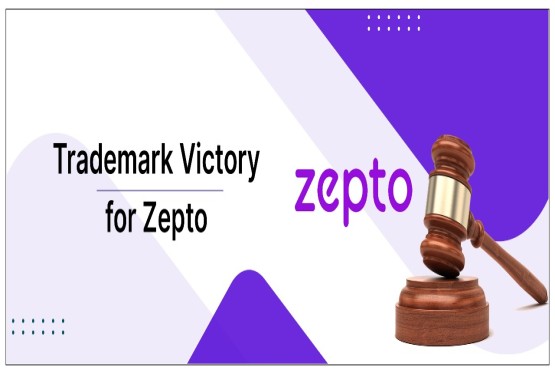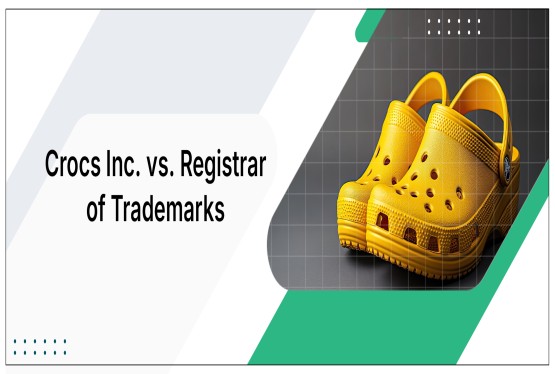Trademarks registration serves as the identity of businesses, distinguishing their goods or services from those of other competitors. However, the aspect of trademark law often brings up significant debates, especially when it comes to the concepts of "proposed to be used" and "prior user" claims. Understanding these two critical aspects is essential for protecting the trademark rights effectively.
Proposed to Be Used
The Word "proposed to be used" appears in Section 18(1) of the Trademarks Act, 1999. It allows an applicant to file a trademark application even if they have not yet commenced using the mark in commerce. This provision is particularly beneficial for startups, new businesses, or individuals who intend to launch goods or services in the future.
Main Features of 'Proposed to Be Used'
1. Intent to Use: The applicant must state a genuine intention to use the mark in the future.
2. Pre-launch Strategy: This provision enables businesses to secure trademark protection before launching their goods or services, decreasing the risk of competitors infringing their mark.
3. Protection Against Misuse: Once the application is filed, the applicant can initiate legal action against infringers even before the trademark is actively used.
Prior User
The principle of "prior use" mentioned in Section 34 of the Trademarks Act, 1999, which grants superior rights to an applicant that can prove they were the first to use a trademark in business, even if they did not register it.
Key Features of 'Prior User'
1. Actual Use: The trademark must have been used in connection with goods or services before the filing date of any competing trademark application.
2. Goodwill and Reputation: Prior users often rely on the goodwill and reputation they have built over time to assert their rights.
3. Legal Protection Without Registration: The rights of a prior user are recognized even if the trademark is unregistered, under the doctrine of passing off.
Proving Prior Use
-
Documentary Evidence: Prior users need to provide invoices, Bills, advertisements, or any material demonstrating the use of the trademark.
-
Geographical Reach: Evidence should show the extent and scope of use, including the geographical area of operations.
-
Continuous Use: The use must be continuous and not sporadic.
Comparison of 'Proposed to Be Used' and 'Prior User'
|
Aspect |
Proposed to Be Used |
Prior User |
|
Usage Requirement |
No prior use is necessary. |
Actual prior use is mandatory. |
|
Basis for Application |
Intention to use the trademark in the future. |
Proof of prior use in commerce. |
|
Legal Protection |
Protection starts from the filing date. |
Rights are established from the date of first use. |
|
Burden of Proof |
No proof required at the time of filing. |
Evidence of use is critical. |
|
Examples |
A startup applying for a trademark before launch. |
A business operating under the mark for years without registration. |
Case laws related to Proposed to be used and Prior User
Proposed to Be Used
In the case of Clinique Laboratories LLC v. Gufic Limited, the court emphasized that the "proposed to be used" clause requires a bona fide intention to use the trademark. An application filed without such intent may be deemed invalid.
Prior User
The landmark judgment in S. Syed Mohideen v. P. Sulochana Bai reiterated that prior use outweighs registration. The Supreme Court held that a prior user’s rights are superior even against a registered proprietor.
Challenges and Conflicts
1. Opposition Proceedings:
-
Opponents may challenge a "proposed to be used" application, questioning the bona fides of the applicant.
-
In cases of prior use, Trademark opposition may arise from a registered proprietor alleging conflicting rights.
2. Passing Off vs. Infringement:
-
Prior users often resort to passing-off actions to protect their rights in unregistered marks.
-
Proposed-to-be-used applicants may face Trademark infringement claims if their intended mark conflicts with an existing mark.
3. Proving Bona Fides:
Proposed-to-be-used applicants must establish genuine intent, while prior users face the burden of proving continuous and substantial use.
Conclusion
Both "proposed to be used" and "prior user" doctrines play important roles in trademark law, catering to different business needs and circumstances. While the former facilitates preemptive legal protection for new ventures, the latter safeguards established businesses and their goodwill. Balancing these rights often depends on the specifics of each case, highlighting the importance of proactive trademark management and legal expertise.






























_(b)_of_the_Trademark_Act,_1999_(1)_crop10_thumb.jpg)



_crop10_thumb.jpg)




























_crop10_thumb.jpg)
_crop10_thumb.jpg)






_crop10_thumb.jpg)








_crop10_thumb.jpg)



_crop10_thumb.jpg)





























_crop10_thumb.jpg)

















_crop10_thumb.jpg)






_crop10_thumb.jpg)











































































































































_crop10_thumb.jpg)




































_crop10_thumb.jpg)












_crop10_thumb.jpg)





























